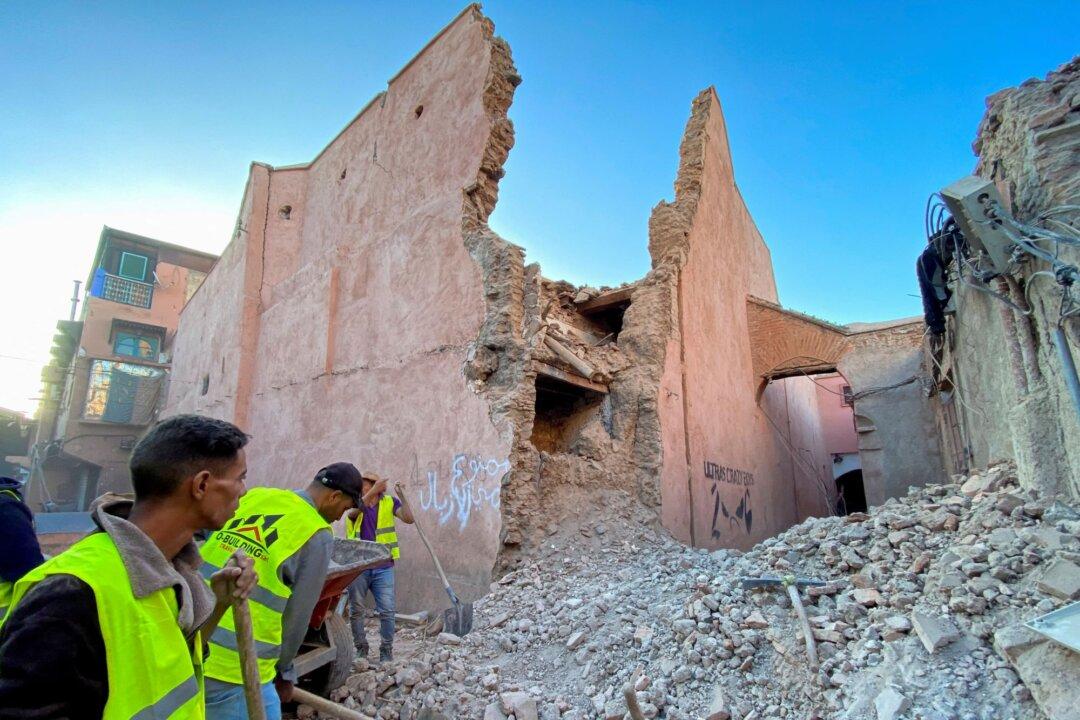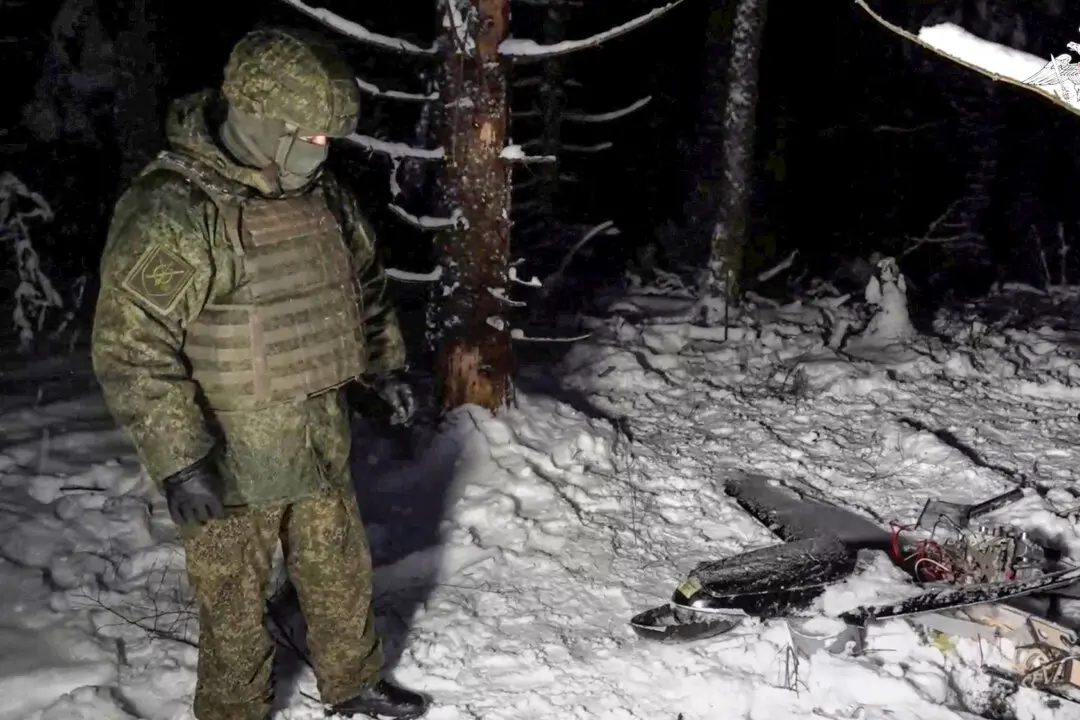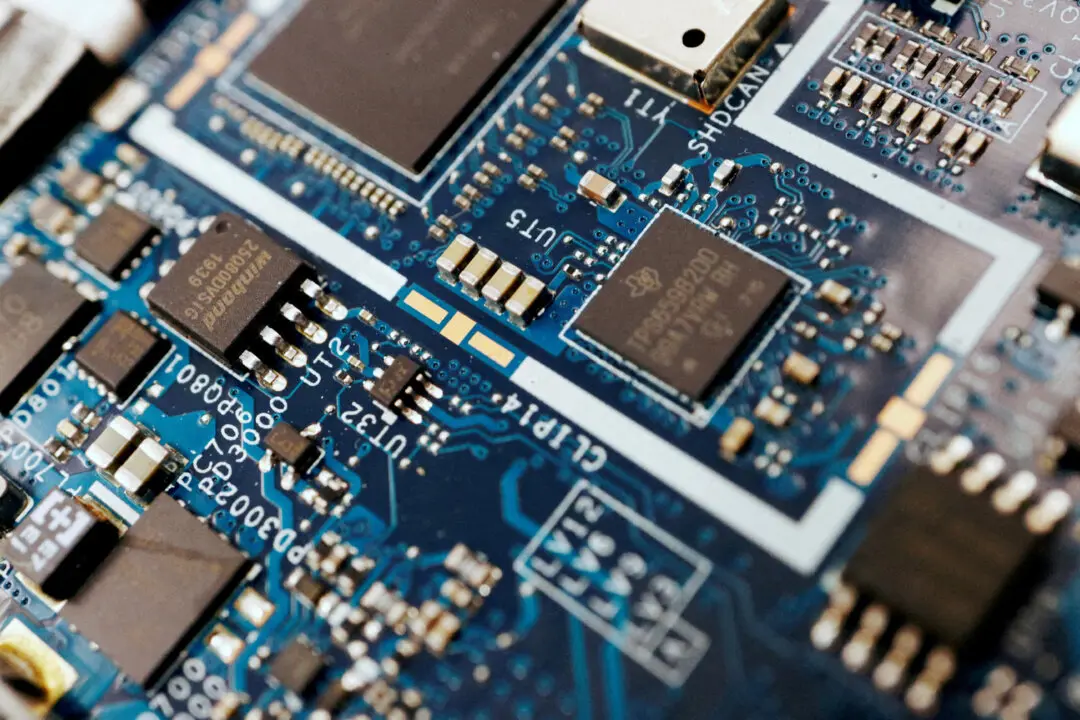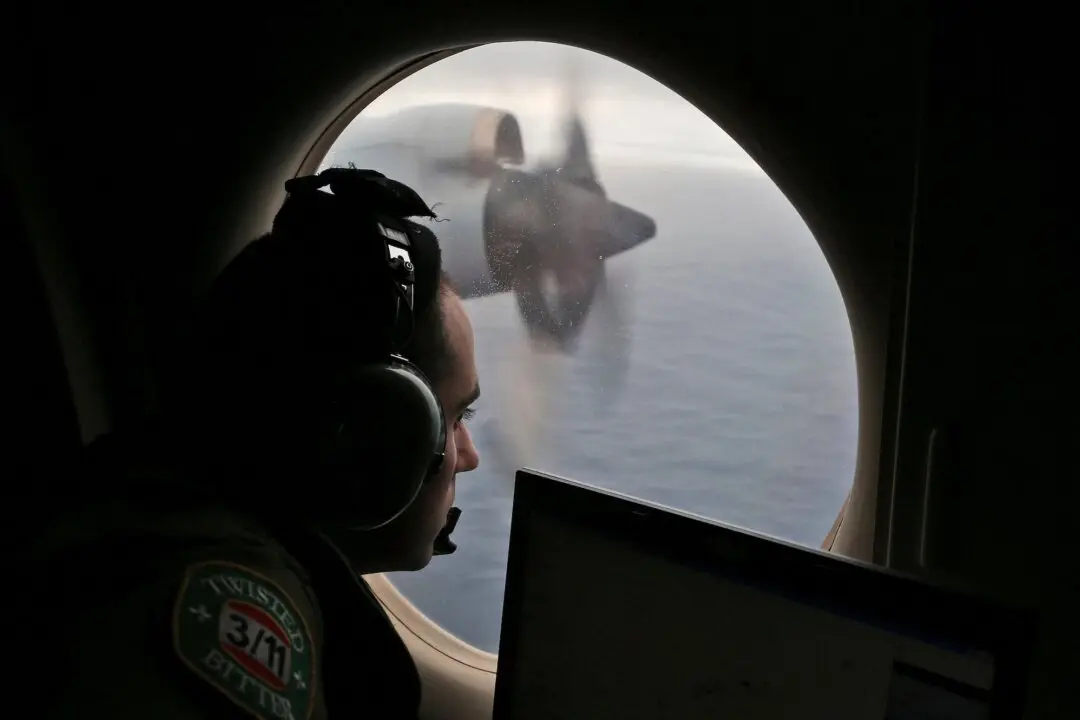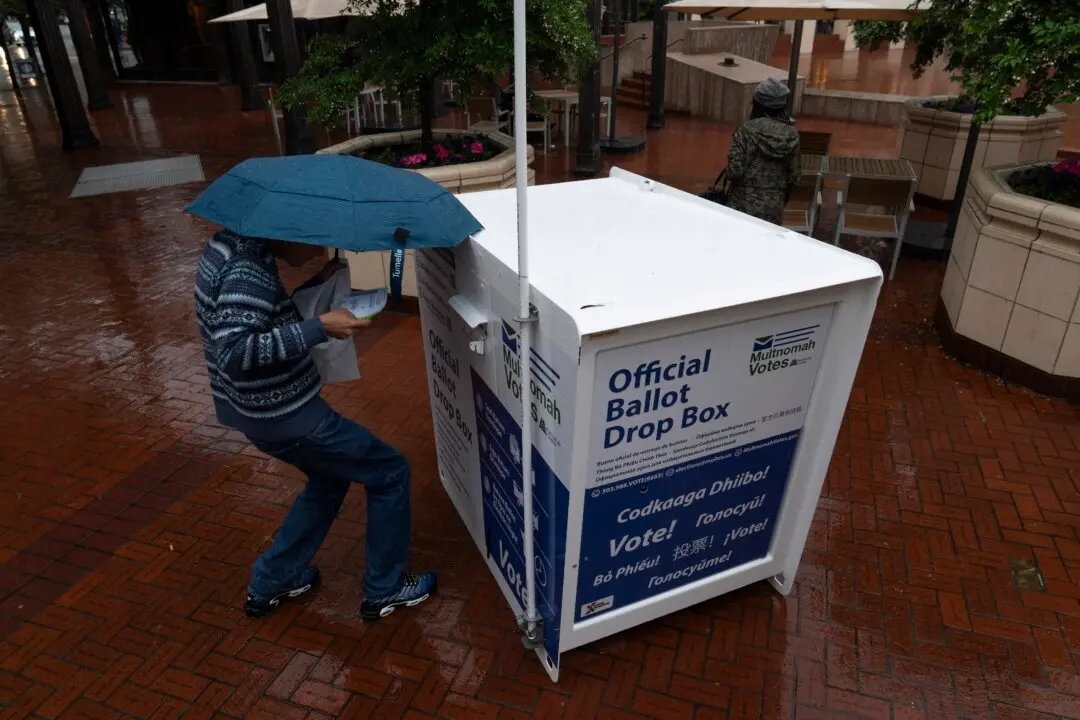A rare, powerful earthquake in Morocco has killed more than 2,000 people and injured another 2,000 or more, with the death toll expected to rise as rescuers struggle to reach survivors through the rubble of toppled buildings.
The magnitude-6.8 quake, Morocco’s deadliest in more than 60 years and the strongest in 120 years, struck the country’s High Atlas mountains late on Sept. 8, damaging buildings in Marrakech, the closest city to the epicenter, which was some 45 miles southwest.
